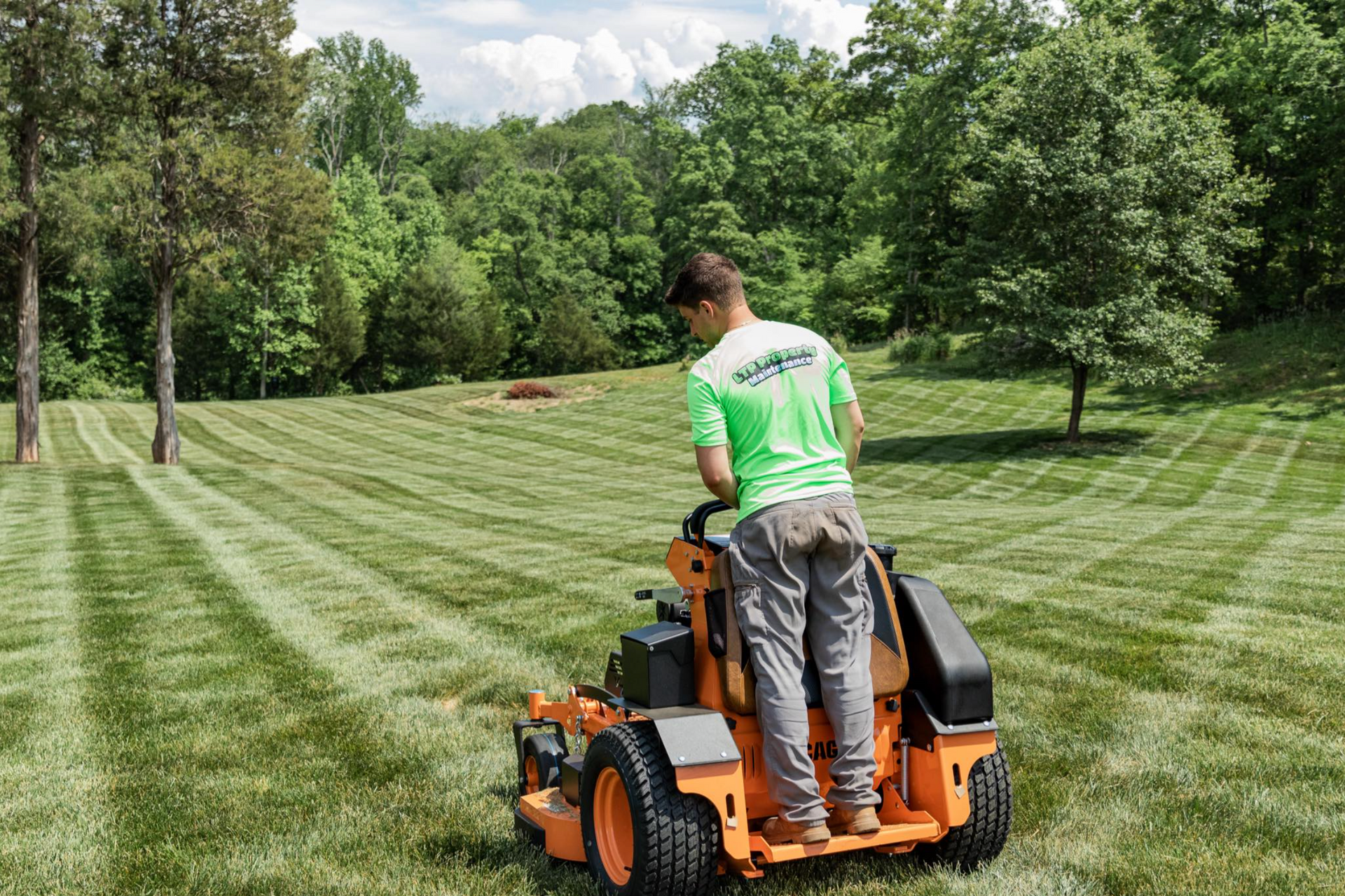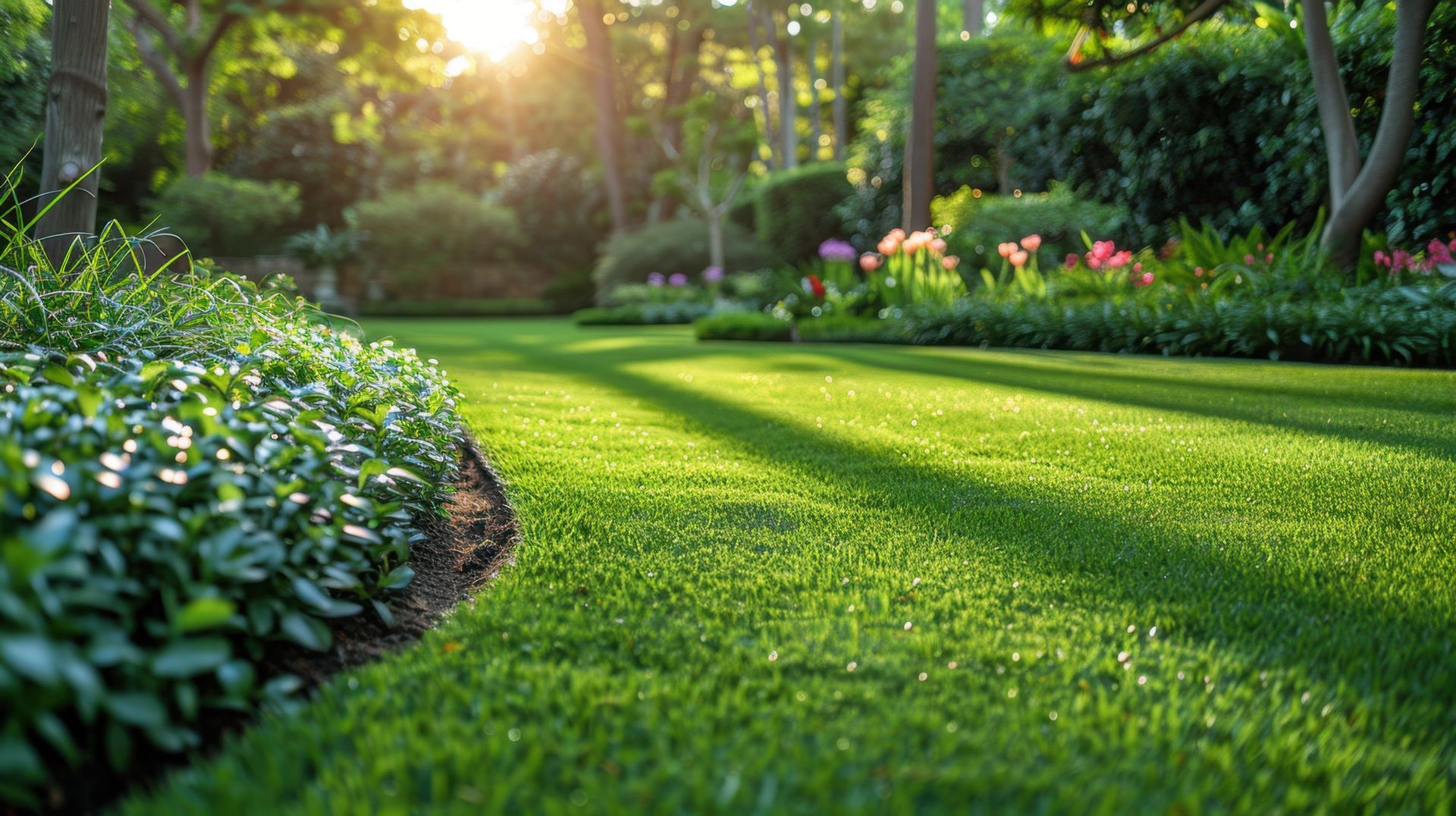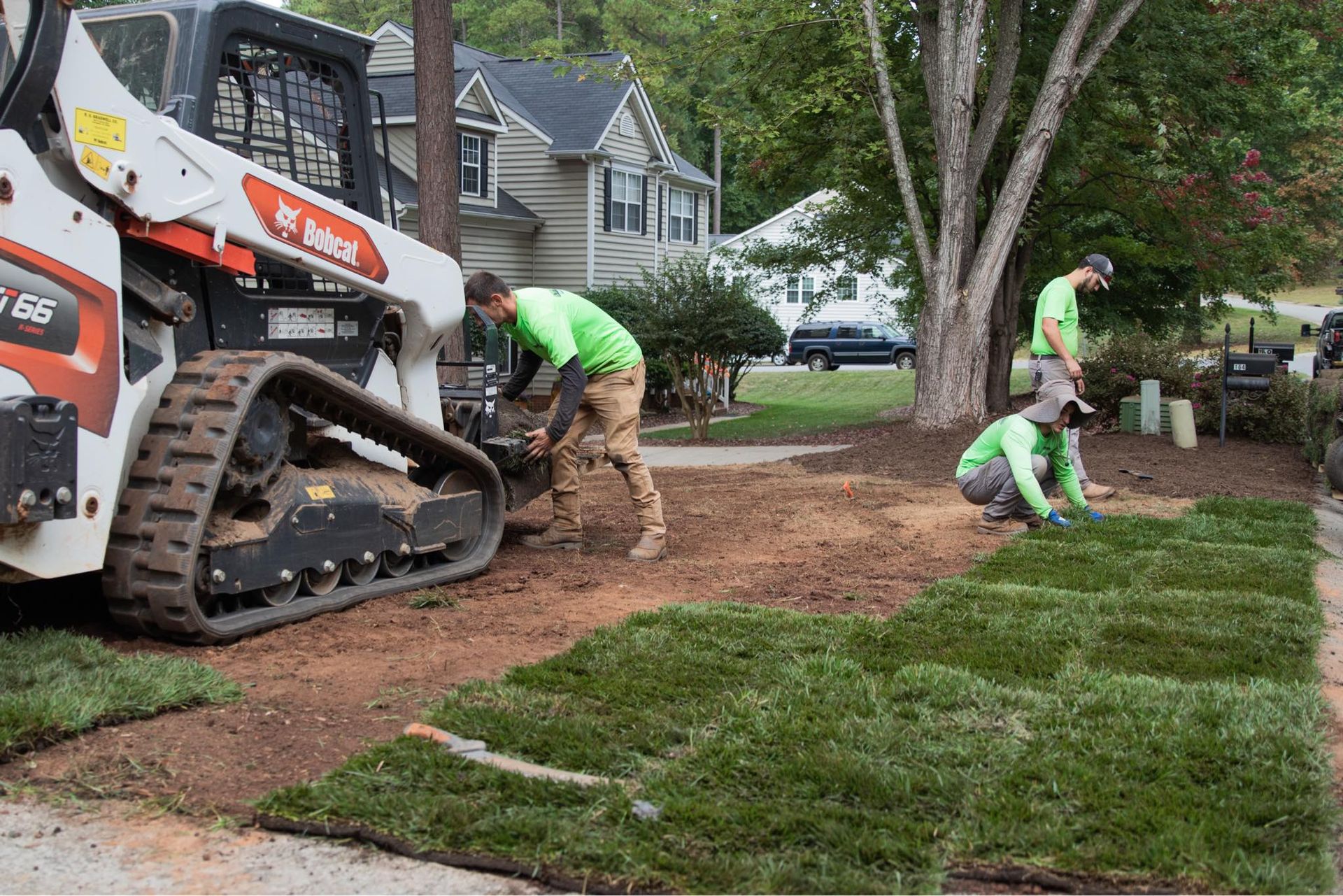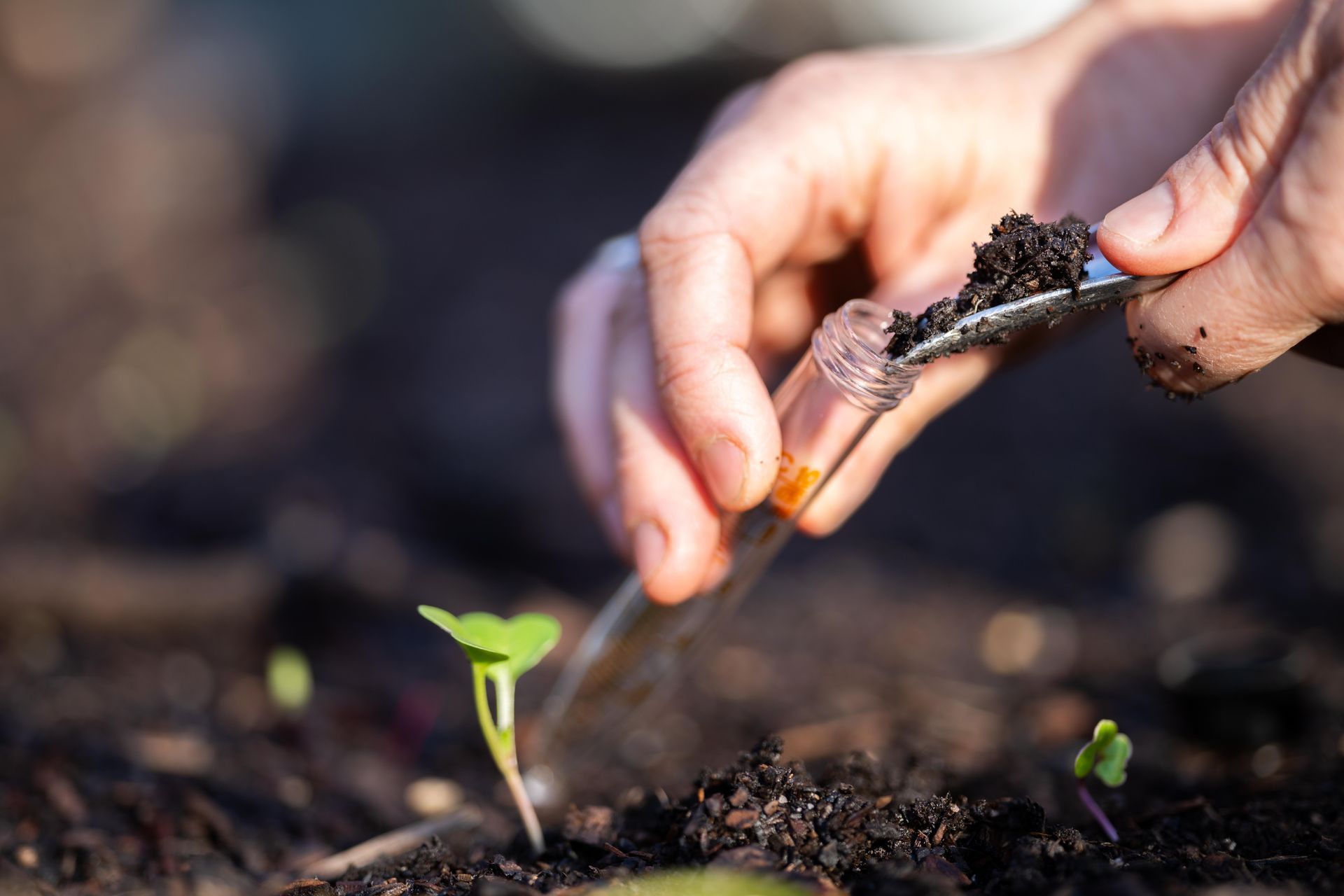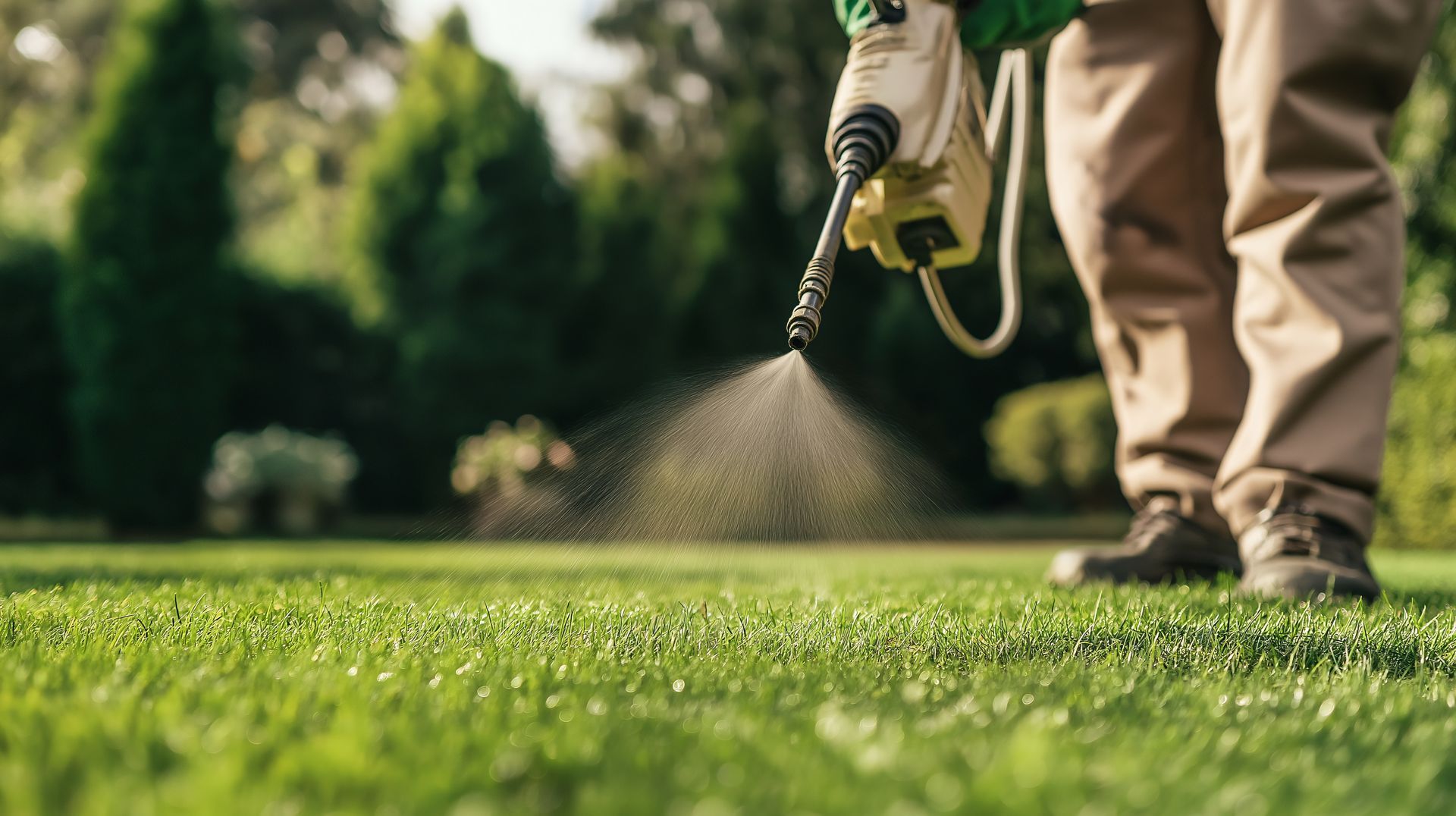Winter Landscaping Hacks: Protect Your Lawn and Plants from Frost
Winter Landscaping Hacks: Protect Your Lawn and Plants from Frost

Winter may bring scenic frosty mornings, but for your lawn and plants, it’s a harsh season that requires special care. Frost damage can leave your landscaping struggling to recover in spring, so taking proactive steps now can save you time, effort, and money later.
In this blog, we’ll dive into practical winter landscaping hacks to safeguard your yard from frost, tailored for homeowners in Huntersville, NC.
Why Does Frost Harm Plants and Lawns?
Frost occurs when temperatures drop below freezing, causing water inside plants and grass to freeze. The expanding ice crystals can rupture cell walls, leading to wilted leaves, brown patches, or even plant death.
Fortunately, with a little preparation, you can minimize the impact of frost and keep your landscaping looking its best all winter long.
1. Mulch: Nature’s Winter Blanket
Mulch is a simple yet powerful way to insulate your plants and soil during winter. By adding a 2-3 inch layer of organic mulch (like wood chips or straw) around the base of plants, you help:
- Retain soil moisture.
- Stabilize soil temperatures.
- Protect roots from freezing.
Pro Tip: Avoid piling mulch directly against plant stems, as this can trap moisture and encourage rot.
2. Cover Delicate Plants
Some plants are more susceptible to frost damage, such as tropical plants, tender perennials, and new transplants. Use protective coverings to shield them from the cold:
- Frost Cloth or Burlap: Lightweight and breathable, these materials protect without suffocating the plant.
- Plastic Covers: Use with caution—avoid letting the plastic touch leaves to prevent freezing.
DIY Hack: Old bedsheets or cardboard can also serve as a budget-friendly frost cover. Remove them during the day to let plants breathe and soak up sunlight.
3. Water Before a Frost
Watering your lawn and plants before a frost may seem counterintuitive, but moist soil retains heat better than dry soil. This can help keep the root zone warmer during freezing temperatures.
Tip: Avoid overwatering, as standing water can freeze and harm roots.
4. Create a Wind Barrier
Cold winter winds can dry out and damage plants. Protect them by:
- Planting evergreen shrubs or installing fencing as windbreaks.
- Using straw bales or temporary barriers to shield more delicate plants.
5. Prune Strategically
Avoid heavy pruning during winter, as this can expose plants to frost damage. Instead:
- Remove dead or damaged branches that may break under frost or snow.
- Wait until late winter or early spring for major pruning.
6. Protect Your Lawn with Aeration and Winter Fertilizer
Your lawn needs some TLC before the frost hits to stay healthy through winter:
- Aeration: Improves soil drainage and helps roots absorb nutrients.
- Winter Fertilizer: Apply a slow-release fertilizer rich in potassium to strengthen roots.
Note: Avoid high-nitrogen fertilizers during winter, as they promote leaf growth, which is vulnerable to frost damage.
7. Bring Potted Plants Indoors
Potted plants are especially vulnerable to frost since their roots are exposed to cold air on all sides. Move them to a sheltered area like a garage, porch, or indoors.
If moving isn’t an option, insulate the pots with bubble wrap, burlap, or thick fabric.
8. Rake Up Leaves Before Frost Hits
A layer of dead leaves on your lawn can trap moisture, leading to mold and disease under the frost. Regularly rake up leaves to keep your lawn healthy and breathable.
9. Install Frost-Proof Irrigation Systems
Frozen irrigation lines can crack and lead to costly repairs. Before freezing temperatures set in:
- Drain and shut off sprinkler systems.
- Wrap exposed pipes with insulation.
- Switch to hand-watering if needed during warmer winter days.
10. Plan for Next Winter: Choose Frost-Resistant Plants
For a long-term solution, consider adding frost-hardy plants to your landscaping. Popular options in North Carolina include:
- Perennials: Coneflowers, black-eyed Susans, and daylilies.
- Shrubs: Boxwood, hollies, and junipers.
- Trees: Dogwoods and redbuds.
These plants not only survive the winter but also require less maintenance year-round.
Bonus Tip: Call in the Pros for Winter Prep
Not sure where to start with winter landscaping? Professional services like LTP Property Maintenance can make all the difference. From aeration to protective measures, we’ll ensure your yard is ready to handle the winter chill and bounce back beautifully in spring.
Ready to Frost-Proof Your Yard?
With these winter landscaping hacks, your yard can survive and thrive even in freezing temperatures. Protecting your plants and lawn is about preparation and care, and a little effort now will save you from headaches come spring.
For expert help with winter landscaping in Huntersville, NC, contact LTP Property Maintenance today. Let’s keep your yard healthy all year long!
Ready to work with Apco Services?
Let's connect! We’re here to help.
Send us a message and we’ll be in touch.
Or give us a call today at (404) 780-8973



